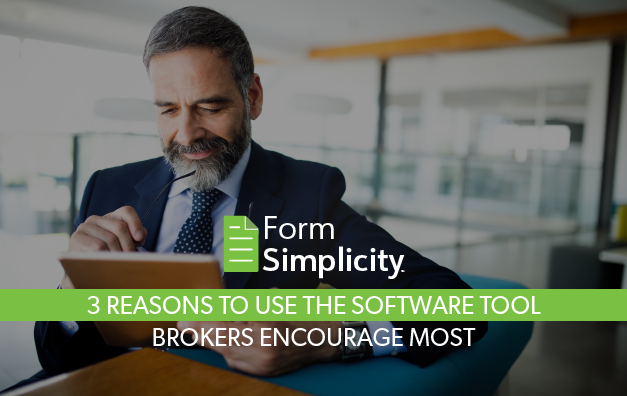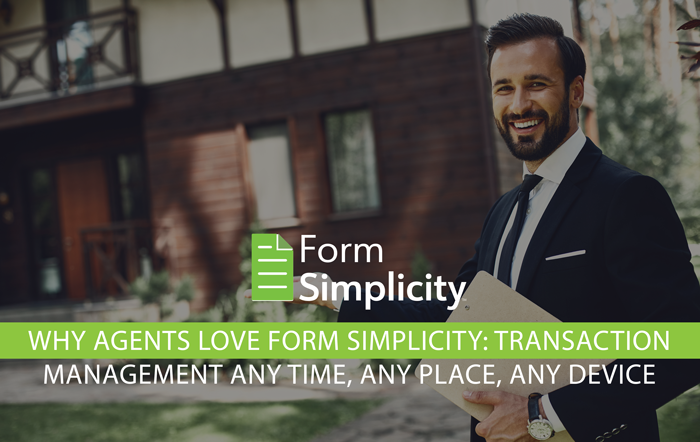
The last few years have been a boon for the popularity of esignatures. With remote transactions skyrocketing and the need for more digital tools to keep the real estate industry vibrant, the adoption rates for esigning soared. In addition, many municipalities – the last bastion of handwritten or “wet” signatures – got on board the eSignature train during the pandemic.
Researchers say this is only the beginning. The digital signature market is projected to grow from $4 billion this year to over $35 billion by 2029.
Over the last five years, the number of real agents who rarely or never use esignatures dropped in half. According to the National Association of Realtors, in 2016, 15% of agents mostly avoided esigning. Last year, that number dropped to just 7%.
Today, more than three out of four agents use esignatures frequently: from daily or nearly every day to a few times a month. It has become the No. 3 most-used business software by real estate agents, topped only by the MLS and electronic contracts and forms.
The question to ask now is: Are all your clients comfortable with esigning?
During the height of the COVID outbreak, agents realized the indispensable value of esignatures. However, while most buyers and sellers are probably comfortable with an eSignature, not all of them are.
Also, keep in mind that brokers and agents should research the eSignature solution being offered. Only the most reputable firms offer bank-grade security features that protect everyone.
Here are questions often asked by those who are resistant to esignatures – and how to answer these questions.
1. Are esignatures really safe and secure?
Did you know it is easier to forge a paper document or falsify a wet signature than to alter a digital version? Unlike wet signatures, documents with esignatures come with an electronic record that provides proof of the transaction and an audit trail.
This digital record includes everything that happened with the digitally signed file: when it was opened, viewed, and signed. In addition, many eSignature systems record the geocodes to provide a location of where the document was signed too.
Many esignatures go beyond providing a digital record and include a certificate of. For Form Simplicity users, it’s known as the Certificate of Authenticity. This digital certificate offers additional information, including details about each signer of the document, confirmation that the person signed a disclosure agreeing to provide a digital signature, a signature image, key event timestamps, the computer’s IP address, and other identifying information.
Finally, the documents that use esignatures are sealed using a Public Key Infrastructure or PKI. The key indicates the validity of the eSignature and offers confirmation that it has not been tampered with or altered.
A traditional ‘wet’ signature offers zero authentication and has no built-in protections, making it far less secure than an eSignature.
2. Are they legal?
The US federal government passed the ESIGN or Electronic Signatures in Global and National Commerce Act over 20 years ago in 2000. Along with the Uniform Electronic Transaction Act, which most US states have adopted, an eSignature is legally binding in every US state. They have the same legal status as a handwritten signature.
The ESIGN Act stipulates:
- Any legal document that requires a signature may be satisfied by an electronic signature.
- Executed agreements that are eSigned can be presented as evidence in court.
- An eSigned document cannot be denied or invalidated solely because it is in electronic form.
However, some states have adopted their own laws related to esignatures. New York, for example, is one of the few states that exempt certain documents from esigning, including records related to the disposition of an individual, or their property, upon death. This exemption includes wills, trusts, and orders not to resuscitate.
It has taken time – during the first 10 years after the ESIGN Act, FHA did not allow resigning, but for real estate transactions, esignatures are legal nationwide.
3. How are they verified?
The verification process for esignatures is essentially the same as what is required to verify a handwritten signature.
With a digital signature, the intended signee must prove their identity, as the signer can be the only person who owns their signature.
The verification procedure ensures that the right person uses the eSignature. eSigned documents record the location, time, and date when the eSignature was made. This information helps determine who signed using the eSignature and if the right person did it.
Technology also assists with eSignature authentication, offering measures to authenticate the person signing digitally. Two-factor verification is the most common to verify one’s identity.
Bottom line
Brokers and agents must be as comfortable with esigning as their clients. Advanced transaction management programs such as Form Simplicity help, with built-in, unlimited esigning as a core feature of its best offering.
If you are like most busy agents and use real estate transaction management software for all your deals, you know it’s valuable to educate clients about how safe, secure, reliable, and legal esignatures are. And when they discover the added convenience, speed, and accuracy that digital signing provides, they will also become fans of digital signing.
———-
Use digital signatures in your business
- Click here to learn more about Form Simplicity’s Ultimate Edition, which includes unlimited digital signatures and document storage.
- Interested in providing the Ultimate Edition for your office? Let’s connect.




